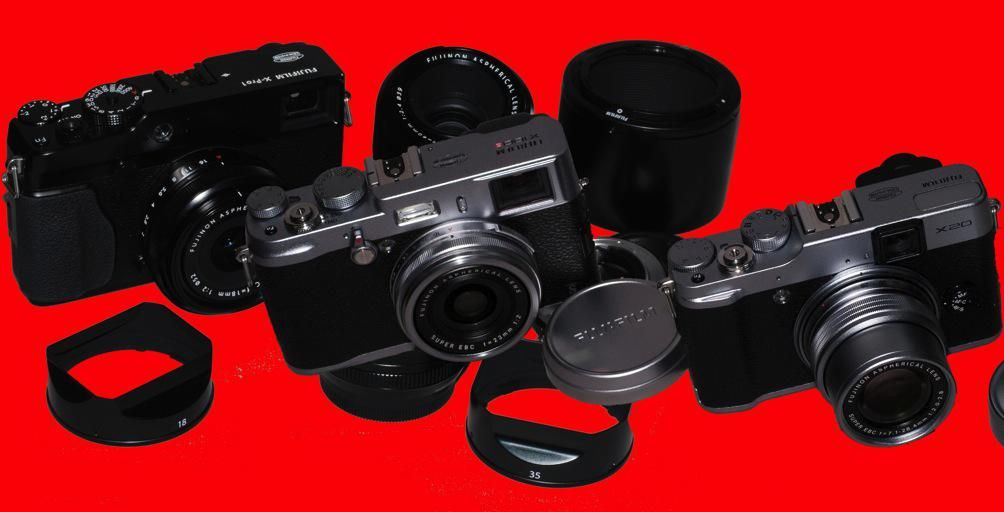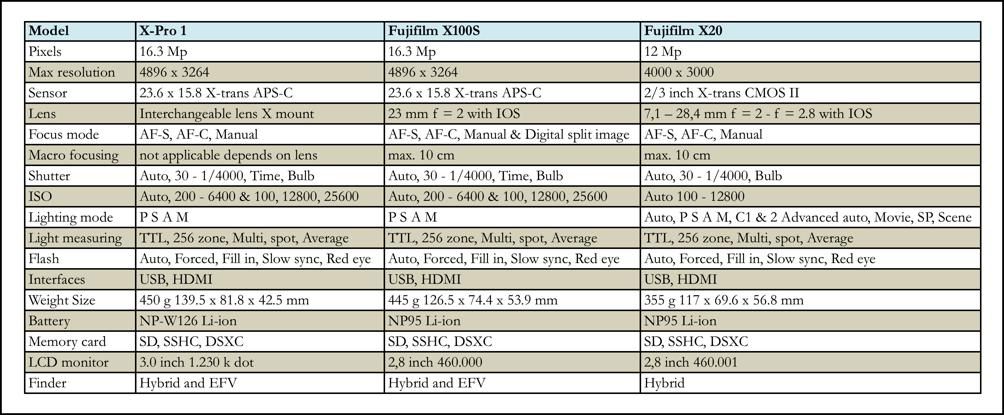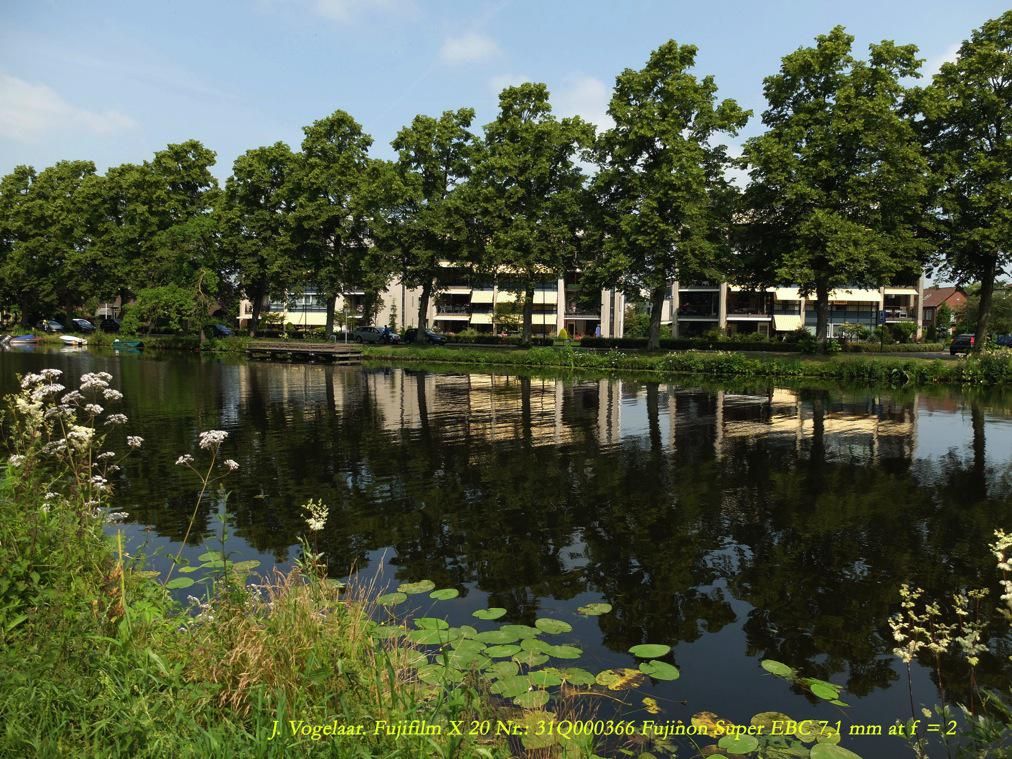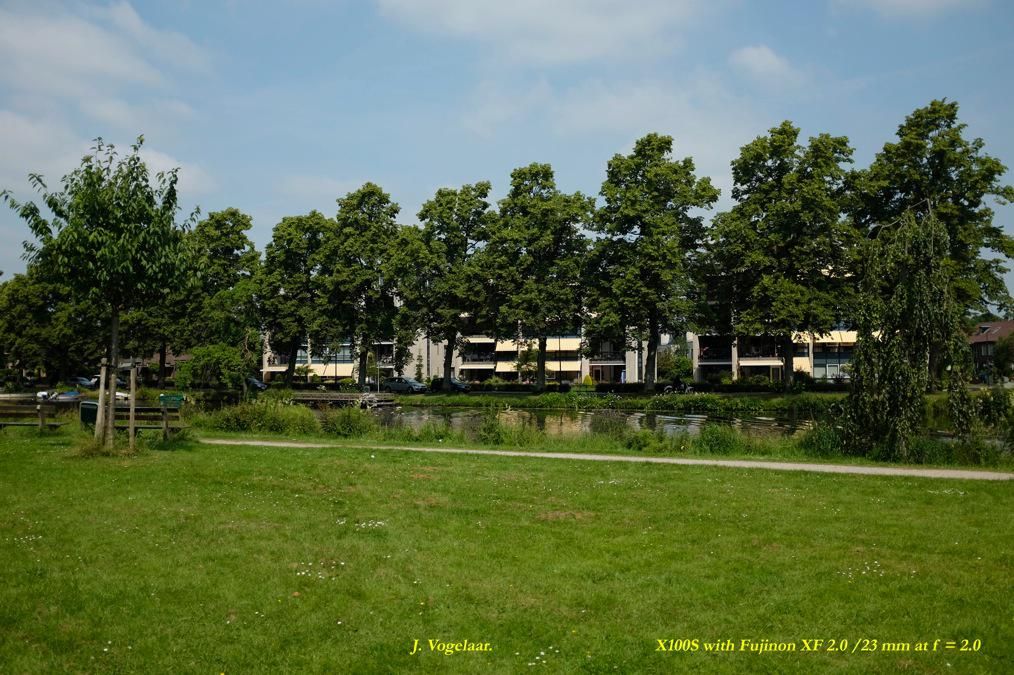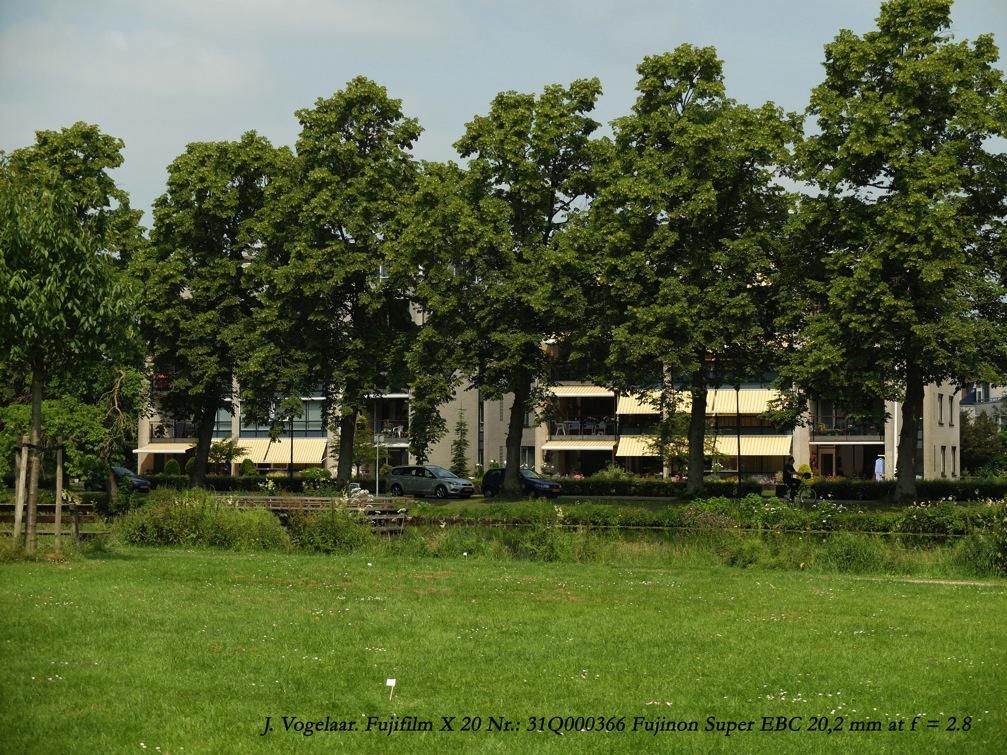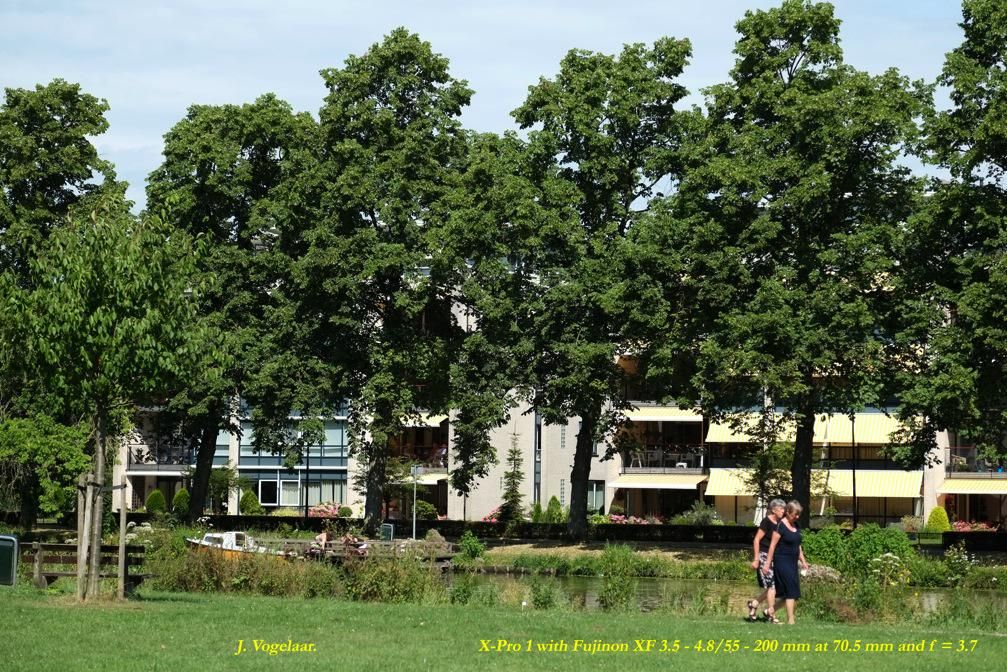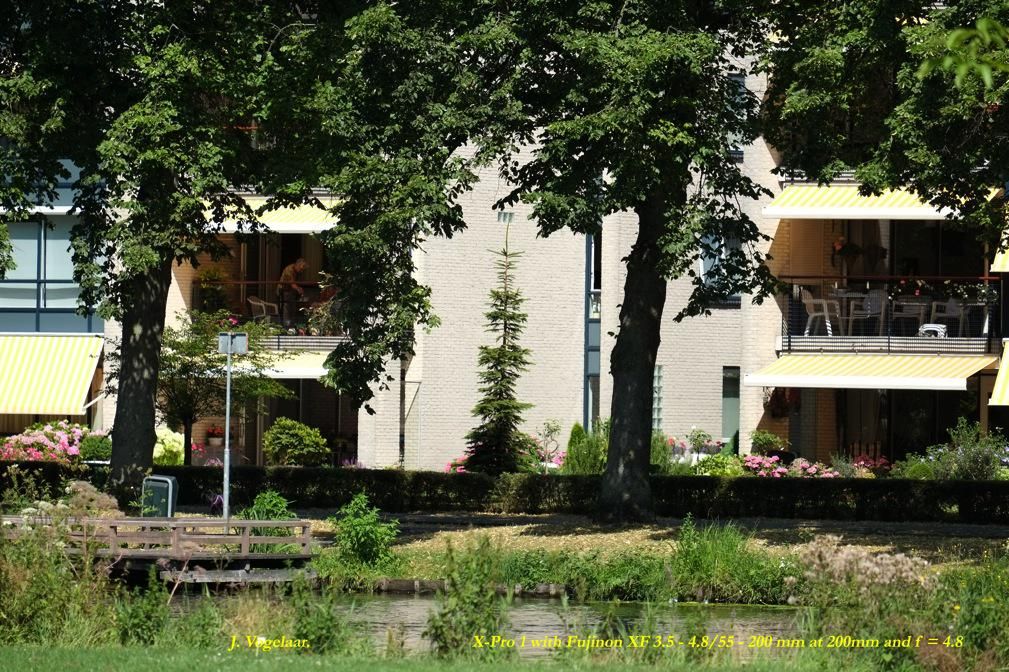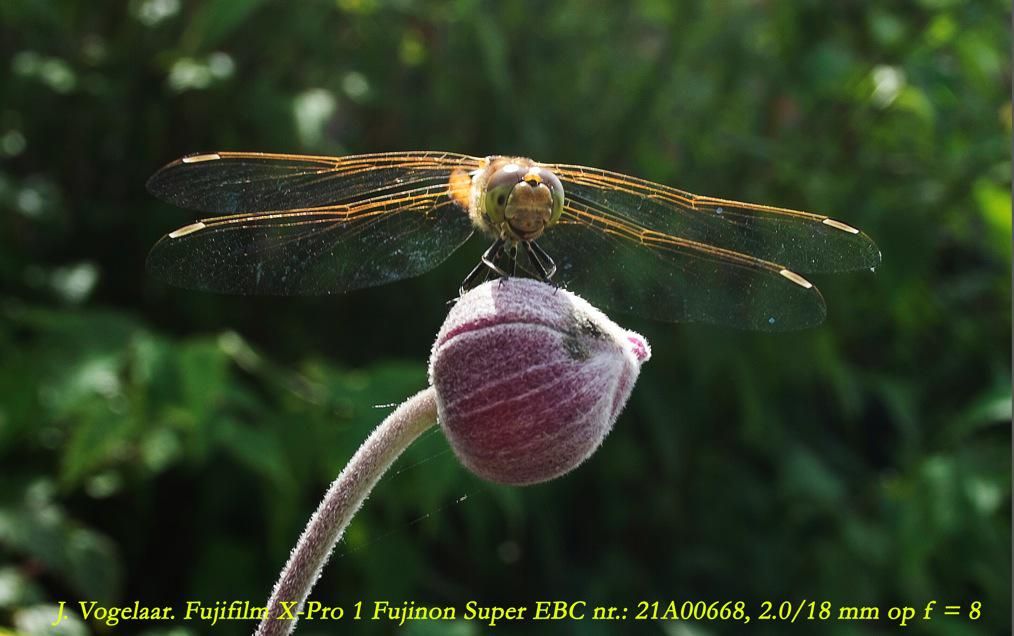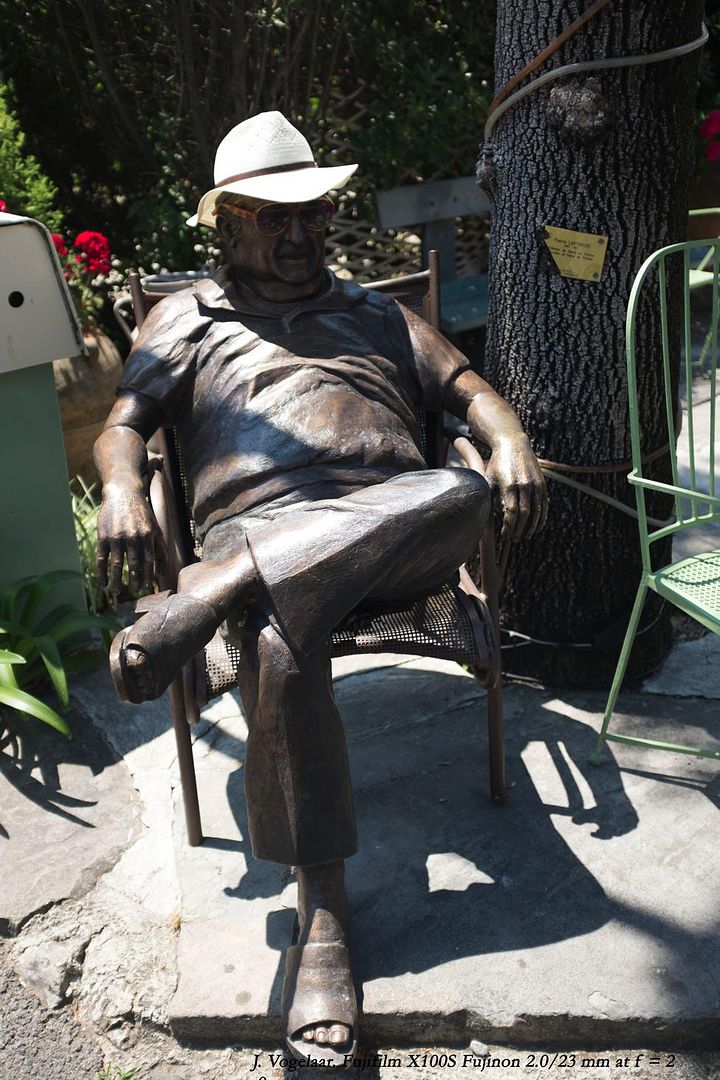The three Fujifilm high end camera’s reviewed by Jan Vogelaar
Jan Vogelaar is back. After ““The performance of Carl Zeiss: Super Tele lenses and Digiscoping up to 1620 mm on the X-Pro1″ and “The performance of Carl Zeiss & Leica M lenses on the Fujifilm X-Pro 1” Jan reviewed the X-PRO1, X100S and X20. Thanks for sharing Jan. And here is his review:
by Jan Vogelaar
Introduction
Lenses Guide to Digital Imaging on the Fujifilm X-Pro 1: [shoplink 17648 ebay]eBay[/shoplink] / camerabooks.com (USA)
This summer I have had the opportunity to test and review of three Fujifilm cameras: The [shoplink 12884]Fujifilm X20[/shoplink] and the [shoplink 12883]Fujifilm X100S[/shoplink] as well as the [shoplink 12882]Fujifilm X-Pro 1[/shoplink] with the [shoplink 12888]Fujinon 2.8/14 mm[/shoplink] and the [shoplink 12892]Tele zoom Fujinon 3.5 – 4.8/55 – 200 mm[/shoplink].
Left to right: X-Pro 1, X100S and X20.
The X-Pro1 is the flagship and the top class high-end Fujifilm pro camera with the looks of a rangefinder and is equipped with a hybrid optical viewfinder and the X mount for the interchangeable Fujinon XF and XC lenses. The latest firmware update version 3.0.1 brings among other things: Improved AF speed, Focus peaking, Zoom in for the magnification 3x and 10x
The X100S is in fact the first top class high-end camera with the looks of a rangefinder and is also equipped with a hybrid optical viewfinder and has a non-interchangeable lens: 23 mm f = 2 (35 mm format equivalent: 35 mm).
The X20 is a high-end compact camera with the appearance of a rangefinder and equipped with a hybrid optical viewfinder and a 4x zoom lens: 2.0 – 2.8/7,1 – 28,4 mm (35 mm format equivalent: 28 – 112 mm). The viewfinder is fully coupled to the zoom lens.
The hybrid viewfinder in all three cameras and the electronic information are combined, which means: the optical image is completed with shutter time, focusing point, aperture etc. Furthermore the cameras have the unique Fujifilm film simulation preset mode.
Real life use
The X-Pro 1
The big advantage for the Fujifilm X-Pro 1 is the new interchangeable X-lens mount. The camera was introduced in 2012 and I produced an extensive and very complete book (94 pages and 150 example pictures) including a DVD, with the evaluation of the new Fujifilm lenses and 11 Carl Zeiss, 5 Contax G lenses (also Carl Zeiss) and 8 Leica M lenses.
The conclusion in the book is:
- The newly designed [shoplink 17602]Fujinon XF lenses[/shoplink] are superior to all other lenses tested in the book.
- The actual lens design is the determining factor for the real life photographic performance.
- In fact the Biogon design is the weaker performer. The Distagon, the Planar, the Sonnar and the Tessar designs are better.
- The score of the [shoplink 17604]Leica Summicron[/shoplink] is slightly below the score of the new Fujifilm XF lenses.
The book (Lenses Guide to Digital Imaging on the Fujifilm X-Pro 1) is [shoplink 17648 ebay]available on eBay[/shoplink] all the time and if you live in the USA you can find it at www.camerabooks.com.
X-Pro 1 and X100S
The X-pro 1 as well as the X100S really are cameras for the purists under us; one glance in the finder and you are convinced. I own a Leica M with the ultimate optical finder from 1958. This Leica finder has been considered the best ever for years, well, now the hybrid viewfinder of the Fujifim flagships really sets a new standard! Judging this viewfinder against this Leica M finder: It is better, clearer and more accurate. Focus peaking and the split image in the X100S are a pleasure to use. The switching between optical and electronic is the best experience ever!
The X100S has a few specialties: it has a 3 stop grey filter in order to fully control the depth of field. Furthermore it has a set of creative color filters and the HDR function for controlling the dynamic range.
X 20
The first eye-catching aspect is that the switching on of the camera is by turning the wheel on the zoom lens. Within an hour you will get used to it and it is really very comfortable. Framing and autofocussing is active within seconds.
The button lay out on the Fujifilm cameras basically is similar. Also the aperture setting on the XF Lenses, the X20 and the X100S is the same as well as the HDR function for controlling the dynamic range.
Results
The first three sets of photos is all with the lens fully opened, at my favorite comparison location. All photographs have approximately the same framing.
First set of three Photographs: The wide angle lens (14 & 18 mm and & 7.1 mm zoom) setting.
Second set of Four photographs: The medium angle Lens (23 mm) and zoom (55, 70.5 mm & 20.2 mm):
Third set of two photographs: Tele-zoom at (105 mm & 200 mm) focal length setting:
Last set of photographs: five more everyday results.
Discussion.
Fujifilm X-Pro 1 & X100S
- Excellent and extremely fine detailed picture quality, excellent colors.
- Both cameras are designed for the professional or the demanding prosumer.
- Both cameras have the same professional look and feel.
- The hybrid viewfinder is a unique feature to be found nowhere else.
- A solid built magnesium alloy body.
- Many functions are to be set by the thumb wheel.
- Optical: lens & 16 Mp X-Trans sensor deliver sharp and detailed photographs.
- The in-body .jpg engine works near perfect. Raw is for the professional.
Fujifilm X20
- Excellent picture quality, excellent colors.
- The optical viewfinder is seldom seen on a compact camera, and works extremely well.
- Many creative functions are to be set by the thumb wheel.
- 14 scene settings available.
- A solid built magnesium alloy body.
- Optical: lens and 12 Mp X-Trans sensor deliver sharp and detailed photographs although the X-Pro 1 and X100S is, with the 16 Mp sensor, the best choice.
- The in-body .jpg engine is for many amateurs sufficient. RAW is also available.
- An easy going all day camera, compact and very comfortable.
Conclusion.
Each camera has its strength, from the professional photographer’s perspective the X-Pro 1 and the X100S are fantastic choices and without any doubt excellent. The Fujifilm new lenses are excellent performers: Sharp with a lot of details from center to corner, excellent colors. The Fujifilm X20 a top class, excellent quality, everyday camera: compact, light weight, very comfortable and easy to handle, but primarily for the demanding amateur. The 4x zoom lens: great color rendition excellent sharpness.
You may purchase the book [shoplink 17648 ebay]on eBay[/shoplink] or at www.camerabooks.com for the USA residents.


